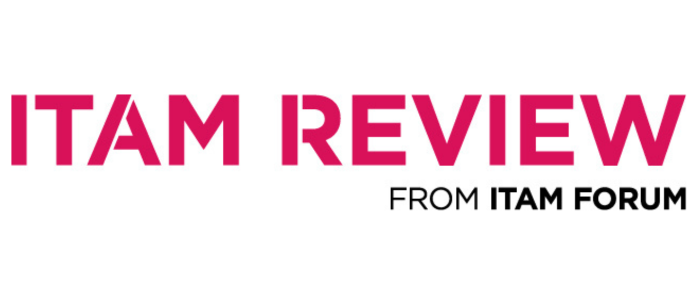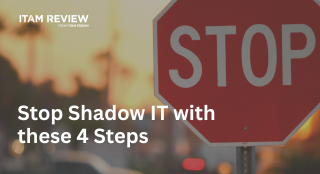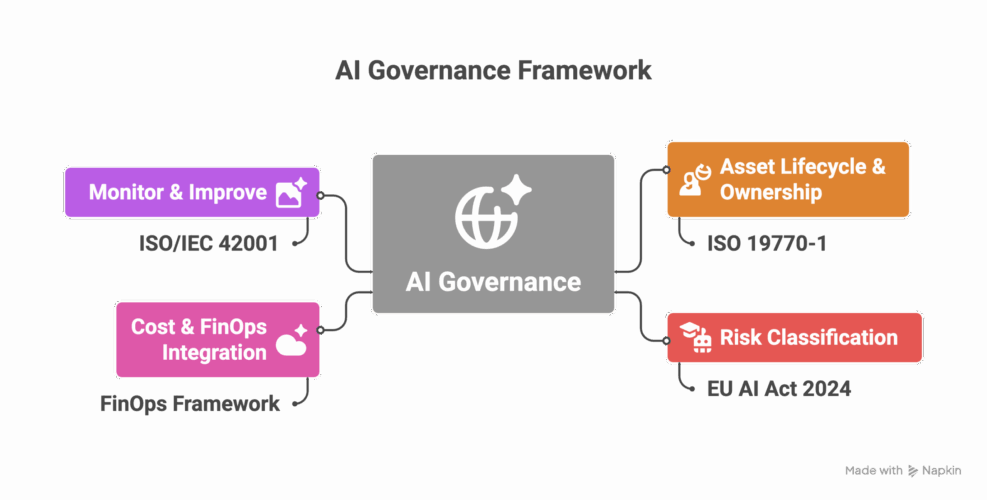Software Licensing Challenges Faced In The Cloud: How Can The Cloud Benefit You?
 The whole world is now aware that the majority of software vendors are moving towards a cloud based subscription model; and we have published a number of articles looking at the different vendors approaches, and why they are doing this. In the past, there have been some organisations that are not in favour of moving towards a cloud-based model, from purely a licensing perspective, and there are a number of clear reasons for that.
The whole world is now aware that the majority of software vendors are moving towards a cloud based subscription model; and we have published a number of articles looking at the different vendors approaches, and why they are doing this. In the past, there have been some organisations that are not in favour of moving towards a cloud-based model, from purely a licensing perspective, and there are a number of clear reasons for that.
- The licensing changes have not been clearly communicated. This has been, and continues to be a big blocker for organisations moving towards a cloud-based model. They are not entirely sure what their rights are, why they may be paying for software that they already own perpetually, and what part of the license/software is actually cloud based.
- In some instances, it has appeared that the software vendors themselves are not completely aware of their own licensing metrics. I have heard a number of horror stories from SAM and Licensing Professionals who have had meetings with various vendors about their licensing models, and the vendors being unable to answer some questions about their own model! That doesn’t exactly instil trust or confidence to move to a new technology.
- Audits for cloud-based licenses have not been made clear. As the license metric is quite new, the amount of audits for customers with the new subscription cloud based license metric is very low. Therefore, organisations are unsure as to what data they must provide and what the audit process will be for cloud based software.The audit process is a lot simpler than perpetual licenses. As the software is activated via a user account (or vendor account), the vendor has a record of how many users and how many installs of the software there are throughout an organisations estate. Vendors simply match up the entitlement data with the usage data (in some cases they will not let you see the data they have for your organisation) and then contact the organisation to pay any differences.
- Organisations are unsure how they can track usage and installs. Another reason as to why organisations are unsure about upgrading is the fact that they are not sure if their SAM or inventory solution is mature enough to track cloud based software’s usage and installations. Furthermore, the information provided from the vendor about how to track usage and installs is unclear. For example, Adobe provides customers with a spread sheet that they have to complete every time a new user installs a piece of Creative Cloud software.
MORE AGILE AND MOBILE SOFTWARE LICENSES = MORE PRODUCTIVE STAFF
As the new software license metrics allow greater mobility, this in turn should increase the productivity levels of staff within an organisation. Gone are the days when a mobile phone can’t show emails or word documents; with the likes of Office 365 you can have the full Office suite on a mobile device. This means that a member of staff can check emails, a presentation, spread sheet etc whilst on the move, enabling them to effectively work (in some capacity) from anywhere.
Being able to be more agile, more flexible means that thanks to software licensing (and effective SAM of course!), the business will benefit greatly from cloud based licenses. Through effective license management and software asset management, any organisation can make an informed decision as to whether or not they are ready to upgrade; but if they did SAM can also help manage licenses, provide data for business critical decisions and help users be more proactive with their day-to-day work.
Cloud based software licensing could be seen as a massive positive for the SAM and software licensing community as through mobility and agility with software, it results in the whole organisation being more mobile. Any impact on the overall business can be seen as a positive element of SAM, and further enforces why all organisations need software asset management.
MOVING FROM PERPETUAL LICENSES TO THE CLOUD
To provide an example of how to do this, we will use Adobe’s Creative Cloud and the accompanying licensing metrics.
Firstly, you need some sort of discovery or SAM tool in place to see what current Adobe products are installed within your estate. Secondly, 3 months worth of reliable usage stats are then required to ensure you have trusted data in deciding which users should have which licenses moving forward.
There are a number of stages that you need to go through when identifying CC licenses for your users:
- Look at the current Adobe install base and usage
- Understand the changes in Adobe packages for CC. Also, take into account that the license types are based on users, not devices
- Identify those users who only need a single license for a single application (e.g Photoshop, InDesign, Muse etc)
- Identify the users who require CC suites. Look at their usage of previous Adobe suites to get an idea of what CC suite they require. Did they have Design Suite Standard installed, but only use one or two elements? This is a good time to ensure you do not overspend on Adobe licenses
Create a document highlighting the number of users required for each new CC product. Ensure you are measuring this by user, and not device! There are no doubts that it is a challenging process, and there may be some initial teething problems. However, unlike with perpetual software you will only have to make the transition once; major releases will be released to your organisation through the cloud so theoretically everyone’s software should be updated at the same time.
PREPARING FOR THE FUTURE
It is clear from the succ esses of the likes of Microsoft’s Office 365 and Adobe’s Creative Cloud that cloud based subscription licensing will be the future license metric of choice. As we have demonstrated, it provides organisations with greater flexibility, allows users to be more mobile and also requires less worry and stress (for the time being) around the possibility of being audited.
esses of the likes of Microsoft’s Office 365 and Adobe’s Creative Cloud that cloud based subscription licensing will be the future license metric of choice. As we have demonstrated, it provides organisations with greater flexibility, allows users to be more mobile and also requires less worry and stress (for the time being) around the possibility of being audited.
Organisations need to prepare their estates for the possibility that all of their desktop software will be cloud based in the future, and that server-based software could well be provided on a SaaS (software as a service) basis. As we have already mentioned, Microsoft and Adobe have been the first major vendors to jump on the cloud bandwagon, and the likes of Autodesk, Symantec and IBM currently offer some form of cloud based subscription model.
The possibilities are far greater with cloud-based software, and many software vendors may follow Microsoft’s Windows route and not provide any further major versions of the software; just provide regular updates to existing software with major releases every few years. This could reduce the disruption new software causes to an organisation (through deployment, compatibility issues etc) and also provides organisations with a constant idea of how much money they are likely to spend on that particular software vendor.
Can’t find what you’re looking for?
More from ITAM News & Analysis
-
Stop Shadow IT Before It Hurts Your Business
Shadow IT often spreads quietly and quickly becomes a serious risk. Just look at the UK-based supermarket chain Co-op. A little-known remote maintenance tool used by an external IT provider was compromised. The result? Nearly 800 ... -
Why ITAM Forum Should Join the Linux Foundation: My Rationale and Your Questions Answered
TLDR. ITAM Forum has the opportunity to join the Linux Foundation as a stand-alone, self-funded project. This article covers a) What’s happening b) Why I think it’s a great move for the ITAM Forum and c) ... -
Microsoft Pricing Changes: EA Customers Face Price Increases
From 1st November 2025, Microsoft will remove all tiered pricing for Online Services under the Enterprise Agreement. This means all customers renewing or purchasing new Online Services after this date, will receive standard level A pricing ...
Software Licensing Training
Similar Posts
-
Eight steps towards AI governance
I delivered our “Managing AI as an Asset” training course the day before the Wisdom conference last week. Thank you to those who attended and provided feedback. It will be available on the LISA platform before ... -
Crawl, Walk, Run applied to ITAM Best Practice (Practical ITAM)
Since the ITAM Forum has been working in strategic partnership with the FinOps Foundation, I’ve come to admire the Crawl, Walk, Run approach to best practices, as it allows improvements and recommendations to meet the organisation ... -
Stop Shadow IT Before It Hurts Your Business
Shadow IT often spreads quietly and quickly becomes a serious risk. Just look at the UK-based supermarket chain Co-op. A little-known remote maintenance tool used by an external IT provider was compromised. The result? Nearly 800 ... -
AI Governance Through an ITAM Lens: Treat AI as a Status Change, Not a New Asset
Managing AI in the enterprise is a team sport. In this article, I want to explore specifically what ITAM brings to the table as we enter the AI era. As I’ve mentioned in previous articles on ...




